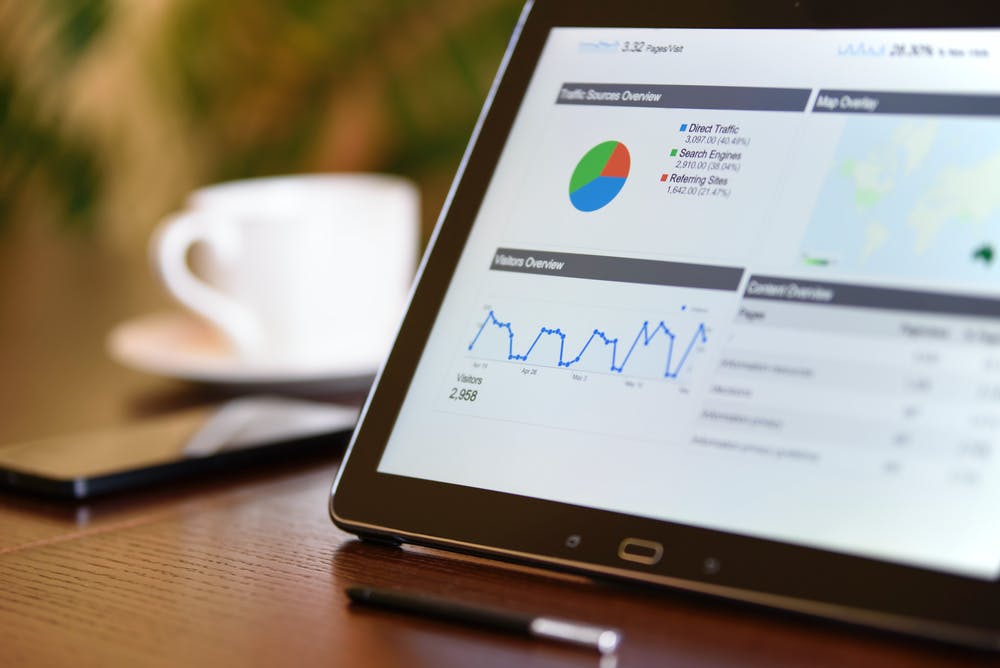Running a business requires wearing multiple hats and spinning a number of different plates to ensure it all runs smoothly. For small businesses, it’s especially true - time is your most powerful currency. The purpose of this article is to address one very big elephant in the room that you’ve probably been thinking of doing for a while but somehow, never really got around to it. Don’t worry - plenty of brand managers, business owners and entrepreneurs face the same constraints. We’re, of course, are talking about digital marketing.
Today, whether you like it or not, digital marketing is instrumental to the success and growth of almost every business around the world. If you’ve dabbled or taken a swing but never really committed or you’re just realising how important it is, we’re here to assist you in putting together an action digital marketing plan that will help your business reach new goals month after month, year after year.
“Creating a Digital Marketing plan is likely to be more successful for those who research and then execute.”
Road Map For Building a Successful Digital Marketing Plan
1. Know Your Goals
The first step when building a digital marketing plan is to know your commercial goals. Even though that may sound simple enough, well-rounded plans will focus on the areas that your brand needs to work on the most. This is due to digital marketing taking many shapes and sizes and used in a number of different ways to help your business grow.
On the flip-side, depending on the kind of business, your digital marketing plan may be designed to help you save costs on traditional print marketing and start making the shift from old to new digital marketing. Fundamentally, to establish goals you really need to look at your business with a critical eye and see where digital marketing can help you improve the most.

Knowing your audience is crucial to good marketing
2. Know Your Audience
When you have your goals set, the next real step is knowing your target audience. Really, it sounds a lot simpler than it really is. The reason many brands fail at digital marketing is because they don’t truly know who their audience is or should be and end up casting a net that is far too wide or focusing on the wrong group of people. The best way to do this is by creating an ideal customer profile for each product or service you offer. You want to make sure that you consider factors like how old they are, where they live, what they like, what kind of problems they’re facing and the benefits they’ll have if they solve that problem. The more detailed you get, the better and more precise your digital marketing plan will be.
Whilst narrowing down the number of consumers your marketing strategies will reach, you’ll be increasing metrics across the board since you’re targeting customers with the highest probability of converting them into a fully-fledged customer. This is best done by segmenting your audience so that you can craft a customised marketing campaign for each group of your target audience.

Deciding which channel to reach your audience is important
3. Know the Marketing Channels Available to You
Now you have the goals and an audience all squared away, your digital marketing plan will really start to take shape. The next factor you need to focus on is figuring out which digital marketing channels are going to work best for your brand. More often than not, businesses get stuck on just one or two and pour all of their time and resources into them because they seem to be the ‘most popular’.
Social media channels are all the craze but is that where your digital marketing dollars are truly best spent? Before you begin planning out your marketing strategies, you need to first make sure you know all the different channels that are available so you can target the ones your audience uses most frequently. Simply put, there is noon size fits all’ when it comes to digital marketing, which is why a quality plan utilises multiple channels to ensure the best reach and best conversions.
The most popular marketing channels that nearly every business uses would be social media, SEO, PPC and email marketing. That being said, many tend to overlook how effective affiliate marketing can be, or using retargeting ads instead of widely popular search ads. Once you have all of your marketing options laid out, you can then do research to discover which ones your audience uses the most.

Always measure. Always compare. Never assume.
4. Never Stop Tracking Results
Following all of the steps above, you should be enabled to build out a wonderfully elaborate and detailed digital marketing plan…But how do you know if it’s working when it’s running or if it’s just burning through your marketing budget with little or no return?
One of the biggest perks of digital marketing is the general ease of tracking, at least much more so than traditional print marketing. No matter what the marketing channel or platform you choose to advertise through, there is no shortage on the invaluable metrics that can help you track how well your plan is performing.
Now, just because you’ve managed to identify your ideal customer and the marketing channels they use the most, it doesn’t mean that every campaign and strategy you employ is going to be a winner. Result tracking is meant to help you weed out what is working and what is not, and capitalise on what is so you can maximise the results. While it may not be necessary to watch your numbers every day, weekly or even in some cases monthly, it is valuable to take a look at regular intervals to ensure you stay on top of your budget and can define your return.
Now, when we look at setting goals, you should have multiple milestones with realistic and specific numbers and deadlines so there’s no room for interpretation. Doing this will greatly help you and your team identify the most important metric so you can make adjustments as needed.


